Summers are here and if you are parenting toddlers, you would agree that one big struggle of this season is to ensure that kids are well hydrated at all times! Honestly, I never bothered to look at how much water my kids drank in the entire day until that one frightening incident that we encountered a couple of years back.
While picking up my 3-year-old twins from their playschool, the teacher mentioned that my son wasn’t his usual self that day and wasn’t too active in sports class, but I just whizzed it off thinking that it must be his mood (you know how toddlers are!). By the time we reached home, he had dozed off during that short 15 minutes ride. As any other parent would have done, I simply picked him and got him on his bed, and let him sleep till evening. But things didn’t change by then as well. We tried to cheer him up with music and things that he liked, but he still showed signs of lethargy and daze. Worried, we rushed him to the doctor and it turns that he was highly dehydrated.
Incidentally, dehydration is one of the most common occurrences in young children. But what is worrisome is the fact that dehydration can turn out to take a very scary form. Ever since that horrid day, I learned a lesson as a parent – to always check the child’s water bottle! Since then, I ensure to keep a tab on their water intake throughout the day and have also brought in some changes in our routine to help kids stay hydrated, especially during summers.
Is my child dehydrated?
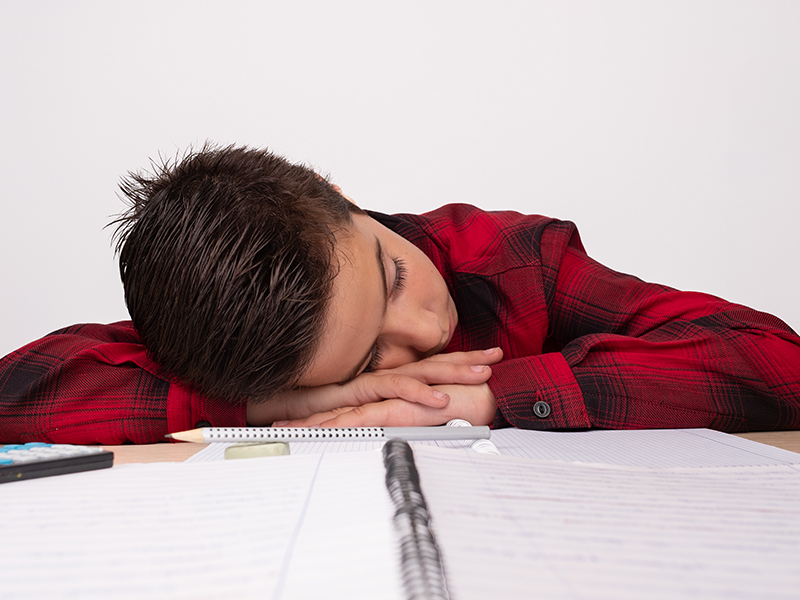
Some important signs to watch out for to see if the child is dehydrated are:
- The child seems low on energy
- Dizziness and fatigue
- The child is irritable or just not their usual self
- Decreased urination
- Dry lips, mouth, and tongue
- Sunken or droopy eyes
- Lack of tears
- Intense, flushed skin
- Absence of sweat
- Little to no urine in a 12-hour period
Another way to test if the child is dehydrated is by the ‘pinch test’. Gently pull up little skin of the child’s arm (like a mild pinch). If the skin takes a little while to settle back, it implies the child is dehydrated.
Why Is Hydration Important?
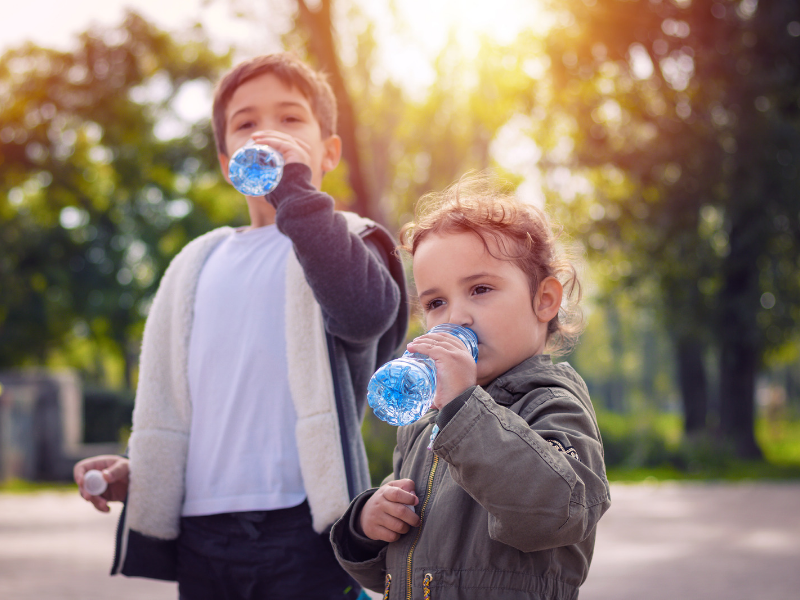
Dehydration means the imbalance of fluid and salt proportion in the body that stops essential nutrients from reaching the tissues. Some of the most dangerous side effects of dehydration include seizures, low blood volume, swelling of the brain, and even kidney failure. In most cases, mild dehydration can be treated quickly at home (more on this below), but because dehydration can be fatal, don’t hesitate to contact your doctor for advice, if you see one or more of the above-mentioned symptoms.
But How Much Water Intake Is Sufficient?
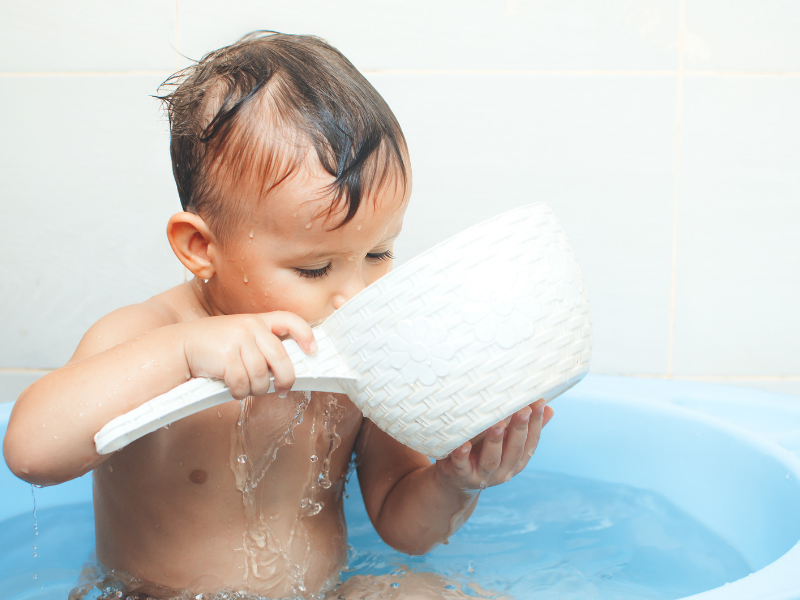
Well, this is the most common question I am asked by parents. The answer is – almost double what you think is enough!
Reliable sources state:
- Children under the age of 4 should drink at least 2 to 4 cups of water per day
- Children ages 4-8 need 5 cups a day
- From ages 9-13, make sure your child gets 7 to 8 cups a day
And once your child hits high school, you both need over 8 cups of water every day!
But on a hot day or if involved in outdoor play, they will need more, so be sure to pack accordingly.
But My Child Hates Water! What Do I Do?
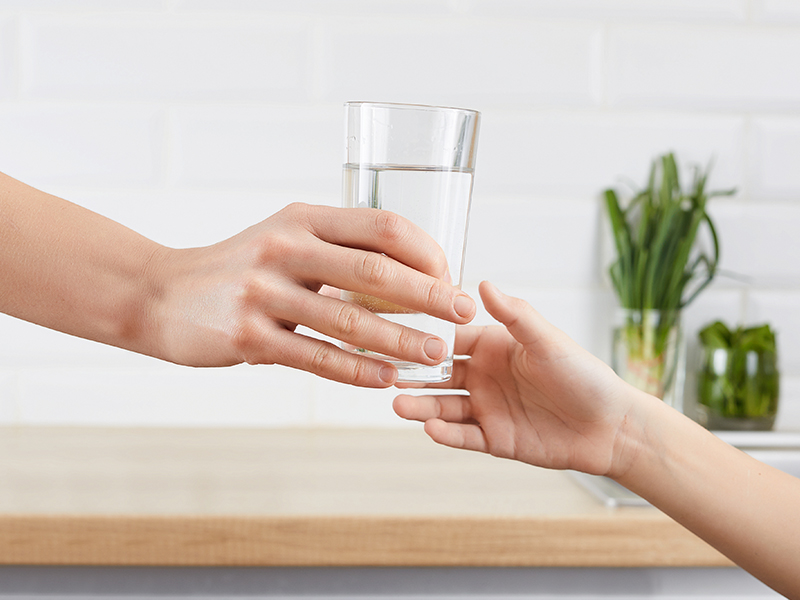
Okay. So, mommy, you are not alone here! To some, or I must say, most kids, water is boring. It is true that water has no flavour, and it is nothing great to see. Plus, younger children know they are thirsty, but they don’t always point it out right away. Moreover, because kids can get distracted easily when they are running around playing, and children under five have a hard time recognizing or verbalizing that they are thirsty, the chances of being dehydrated go up.
Better than treating dehydration is avoiding it altogether.
10 Ways To Keep Your Child Healthy & Hydrated During Summers
1. Make It Interesting
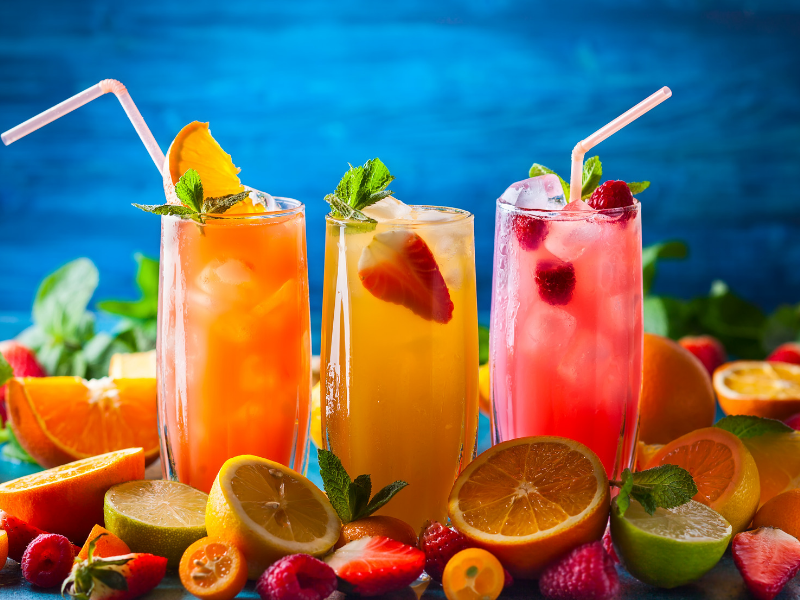
How about offering them colourful water? Pick your kid’s favourite fruit. Chop it into pieces that will fit into each ice cube tray slot. Fill the tray with water and freeze. Then, when you notice that it is a particularly hot summer day, add the cubes to a full glass of water. This gives not only a tasty but also interesting twist to the usual “boring” water.
2. Make It Fun
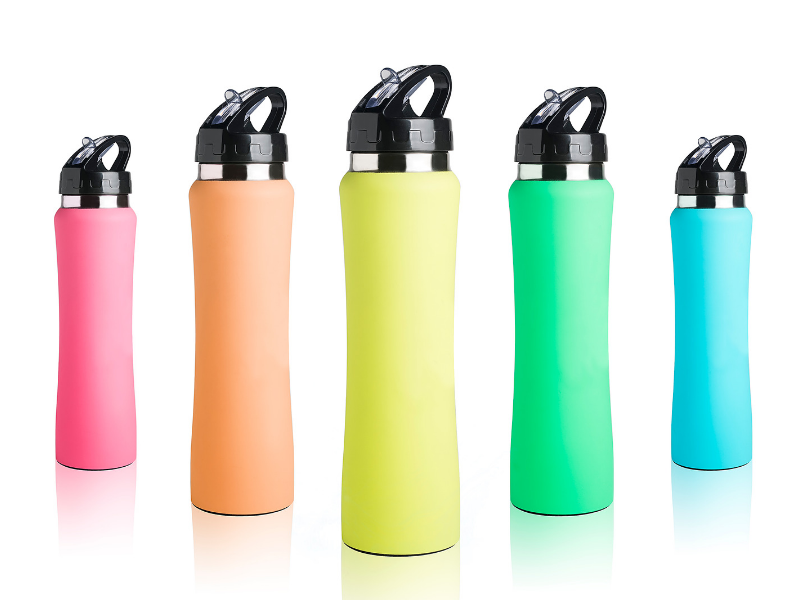
With toddlers getting stronger in their opinions, with limited vocabulary though, it gets hard sometimes to understand their views or needs. Even though they are thirsty, some will not drink the water. So, make it fun.
Pick up some interesting colourful sippers or glasses with bendy straws or spouts. Shop with the kids, let them choose what kind they want. Get the ones with the straps so they can sling them on if they’re going cycling or to the park.
3. Make It Tasty
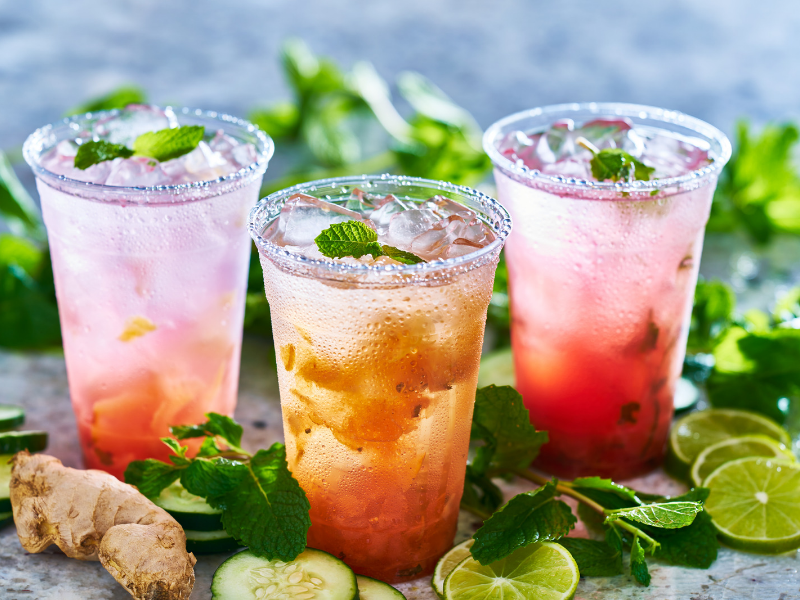
Fruit-infused water is another way to make regular water interesting. Plus it adds to the nutrition component as well. There are special pitchers available for this. Your child can participate in the preparation. Let them pick out their favourite fruits. Then, let them pour the fruit into the pitcher of water and mix.
4. Make It Visible
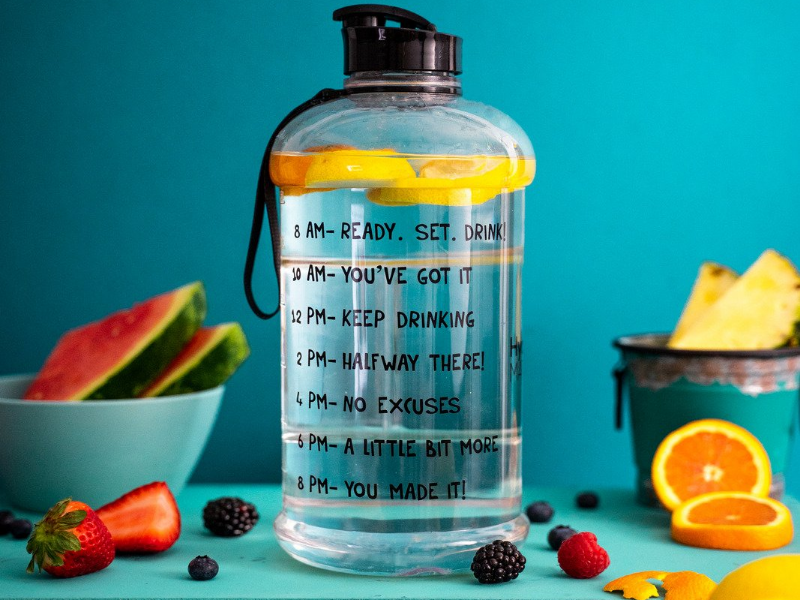
Before toddlers begin to speak words, the most common form of expression is either crying or pointing at objects. Therefore, to keep your baby hydrated, make it visible. Kids know when they are thirsty. If they see their bottle or sippy cup, they will reach for it. If they do not see it, they will cry or might just forget and get busy playing!
Do the same for older children. Place pitchers of water on the dining table where they are readily visible. If you trust them to pour their own glass of water, place their cup in areas where they can easily reach it. Then, make sure that the pitcher is always full. I have encountered instances where my children have told me that they were too busy playing so forgot to drink water. Be prepared for excuses like “kitchen is too far” too. I thus came up with the idea of a ‘water station’ in their activity room. With their favourite cartoon character’s picture stuck up there, it’s working well so far in grabbing their attention and works as a wonderful reminder to fuel up while playing.
5. Keep It Healthy
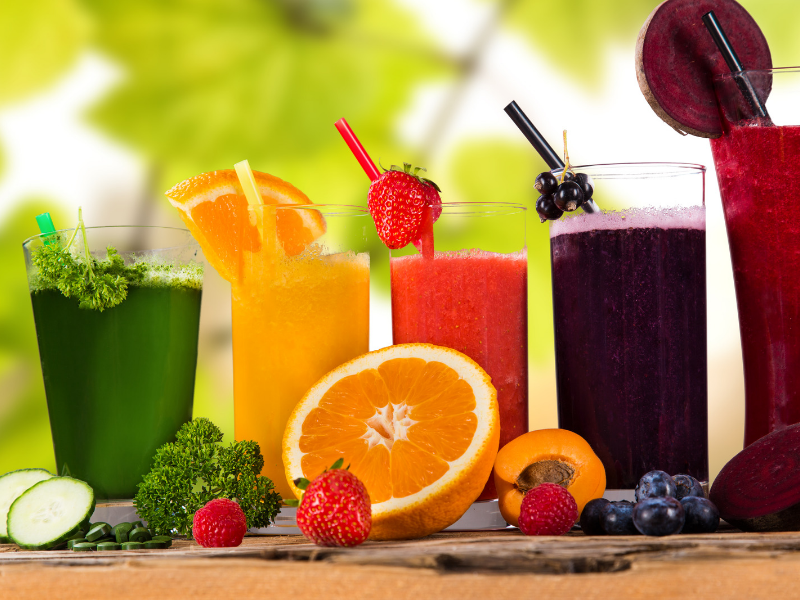
Whatever option you choose to keep your little one hydrated, ensure to opt a healthy way. And the easiest way to keep hydration healthy at home is by not purchasing sugar-filled drinks. Sodas, pops and other sports drinks are certainly not recommended for young children. Even packaged juices comprise a chunk of sugar components. Go for homemade drinks like lemonade, Aam Panna, fresh fruit juices, coconut water, buttermilk (chaas) instead. Try some delicious Indian-style summer drinks using kitchen ingredients to stay hydrated and beat the heat.
6. Keep It Separate
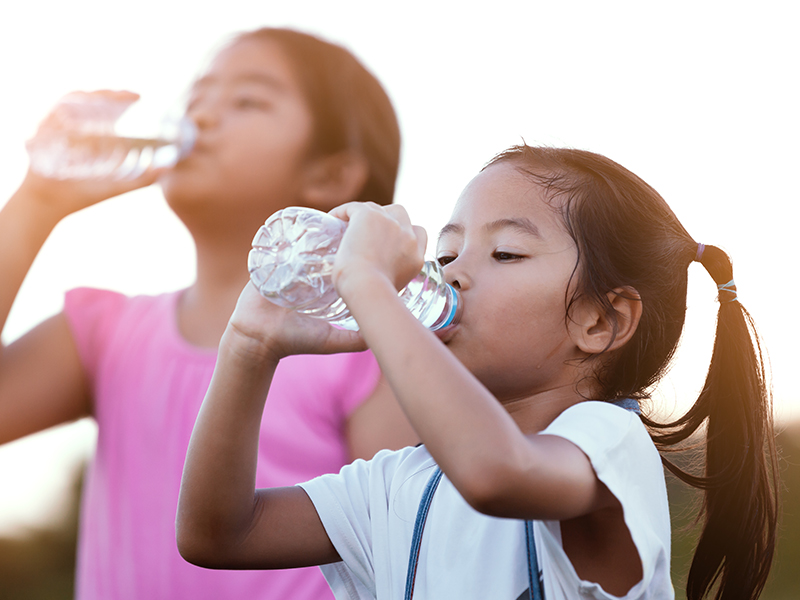
If you have more than one kid, make sure they have individual water bottles. It’s a great way of monitoring how much a child is taking in. Better still, label their sippers or bottles. This adds a sense of responsibility to children and gives them the drive to do self-monitoring.
7. Tweak the Menu
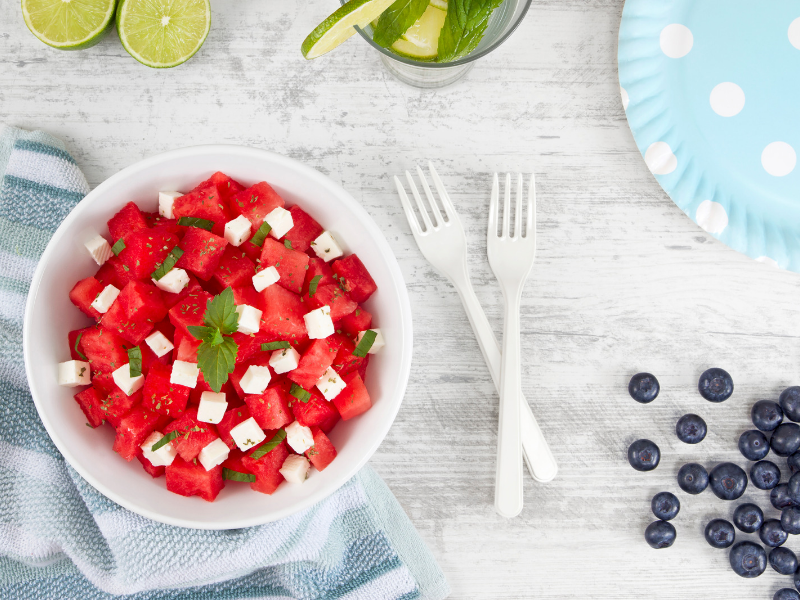
Salty food demands water when absorbed by our bodies, thus leading to dehydration if not sufficient. An easy way out is to fix your menu and avoid salty food, especially at dinner. Don’t worry if your tastebuds are more towards the salty side. The idea is to just remove a dash or pinch when cooking. Moreso, add a bowl of fruits with high water content as dessert.
8. Eat Foods With High Natural Water Content
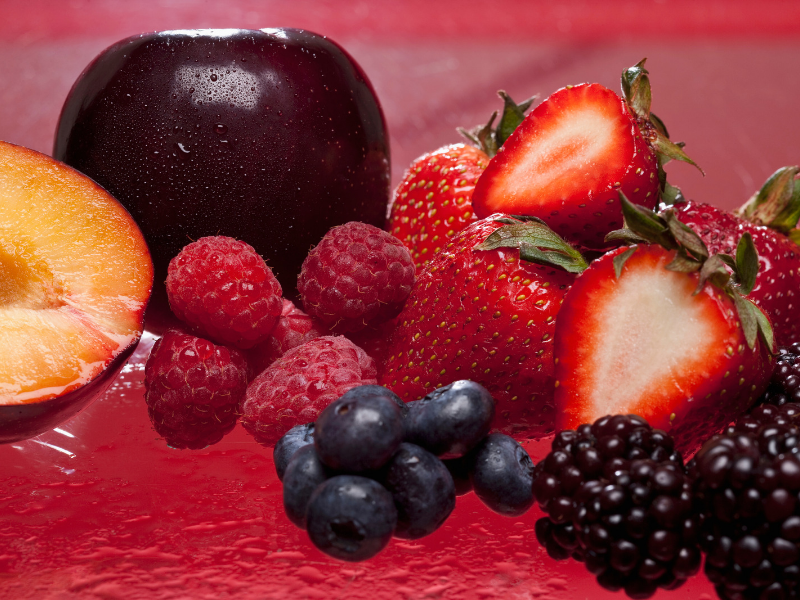
There are so many easy ways to stay hydrated, even in your food choices. Cucumbers, celery, cauliflower, bottle gourd, zucchini, watermelon, strawberries are a natural source of water. You can add most of these to daily salads or just mid-day snacks. It’s so good! And so healthy!
9. Add Those Gummies!
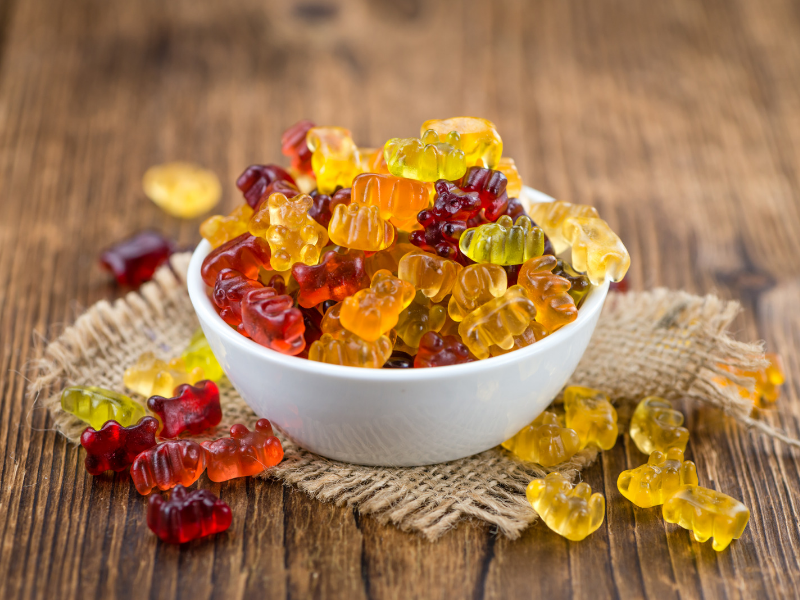
Kids can drink their vitamins or take a chewable to get them charged for the day. Multivitamin syrups are good, allowing kids to have the extra energy for a busy day. Vitamin C is also advisable to take during hot summers, but if they’re getting that from the fruits you’re serving them, then all is great! The needed vitamin intake during summer would also be Vitamin A, E, and D. But remember to run this through your doctor before starting anything for kids.
10. Be A Role Model
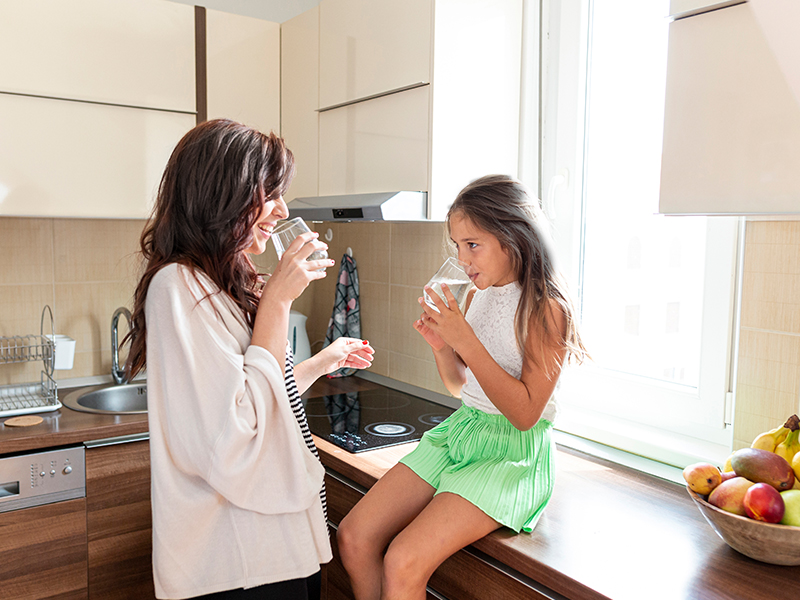
Needless to say, monkeys see, monkeys do. So don’t forget to charge yourself up with a daily dose of hydration and let your child follow in the footsteps.
Go Mommy!

